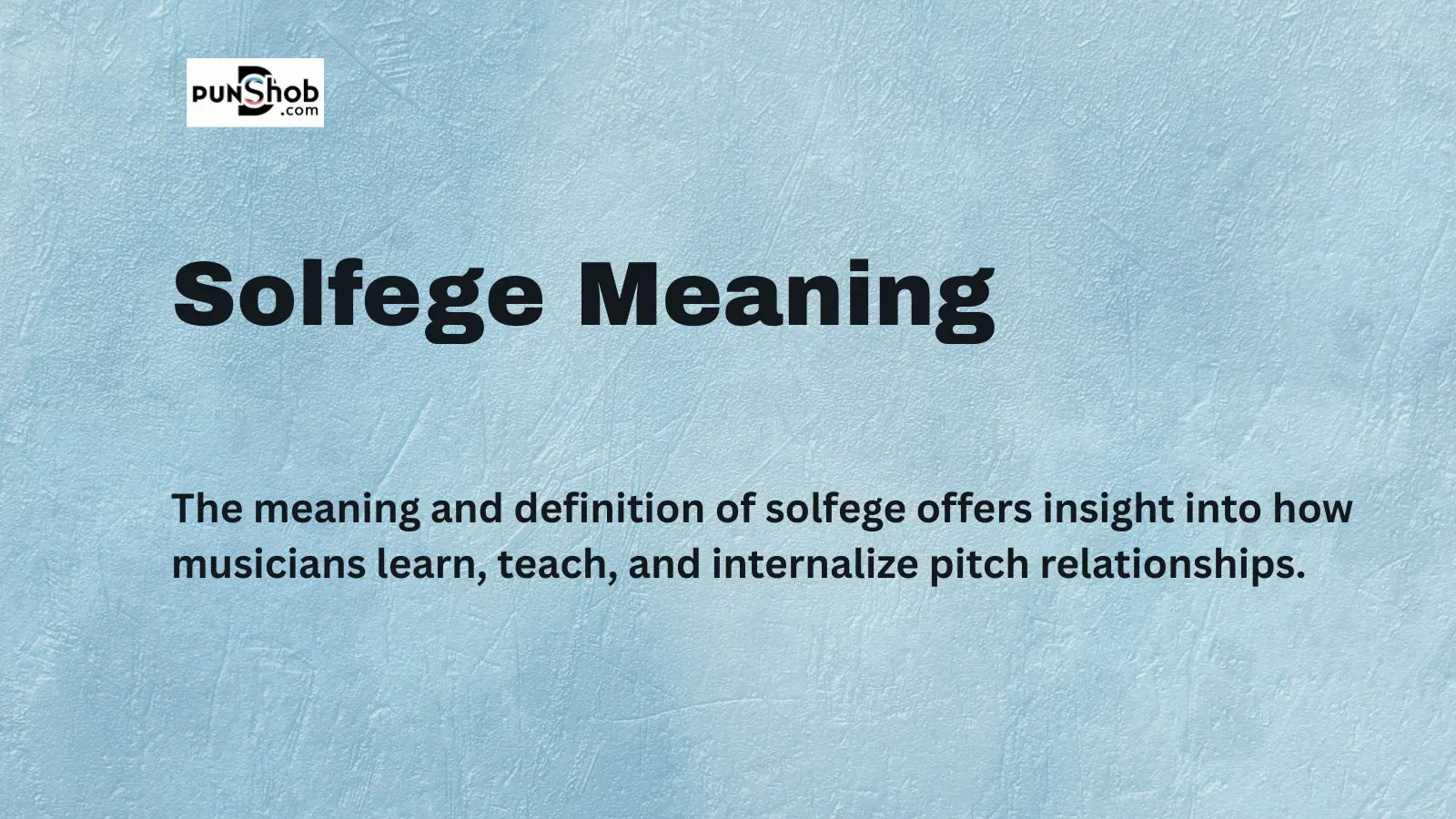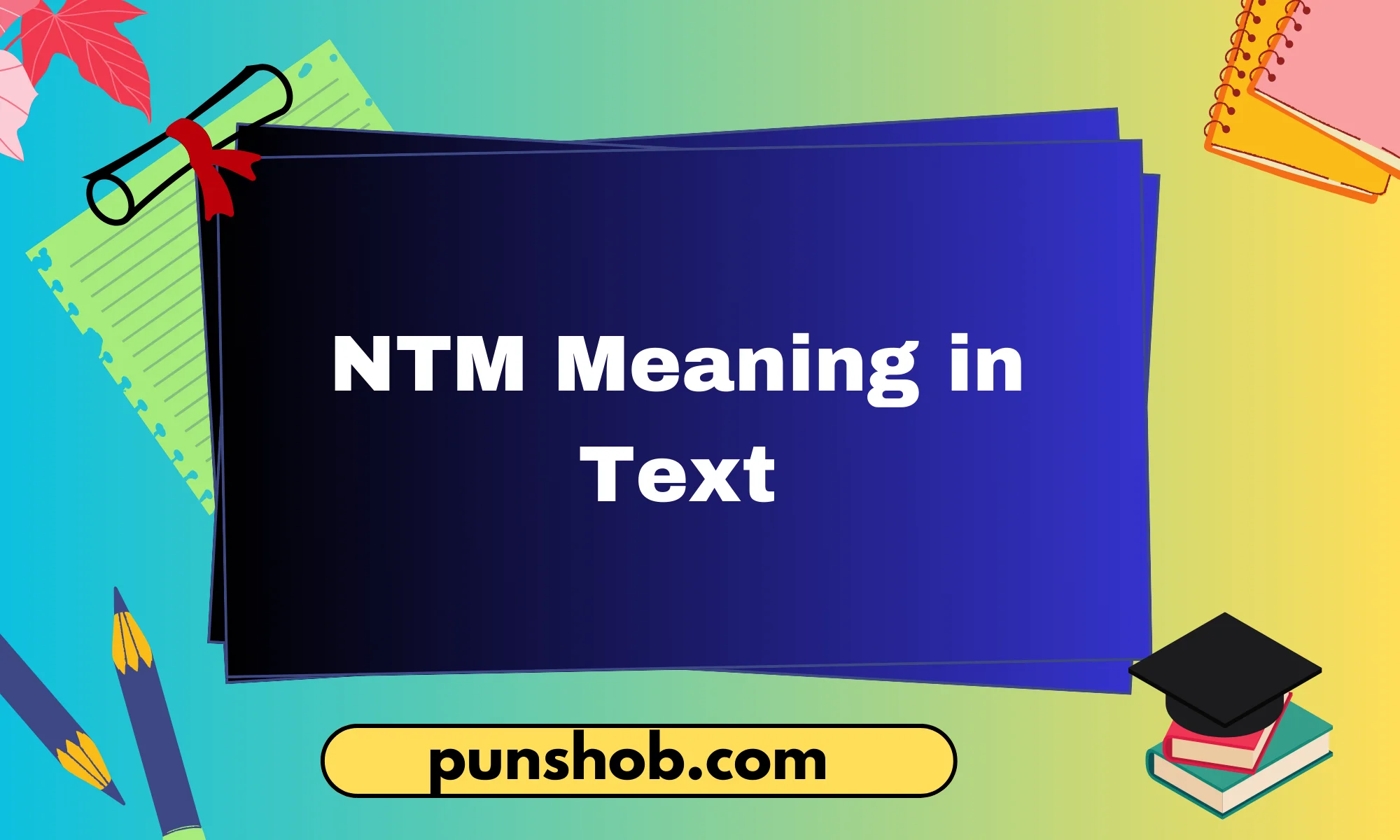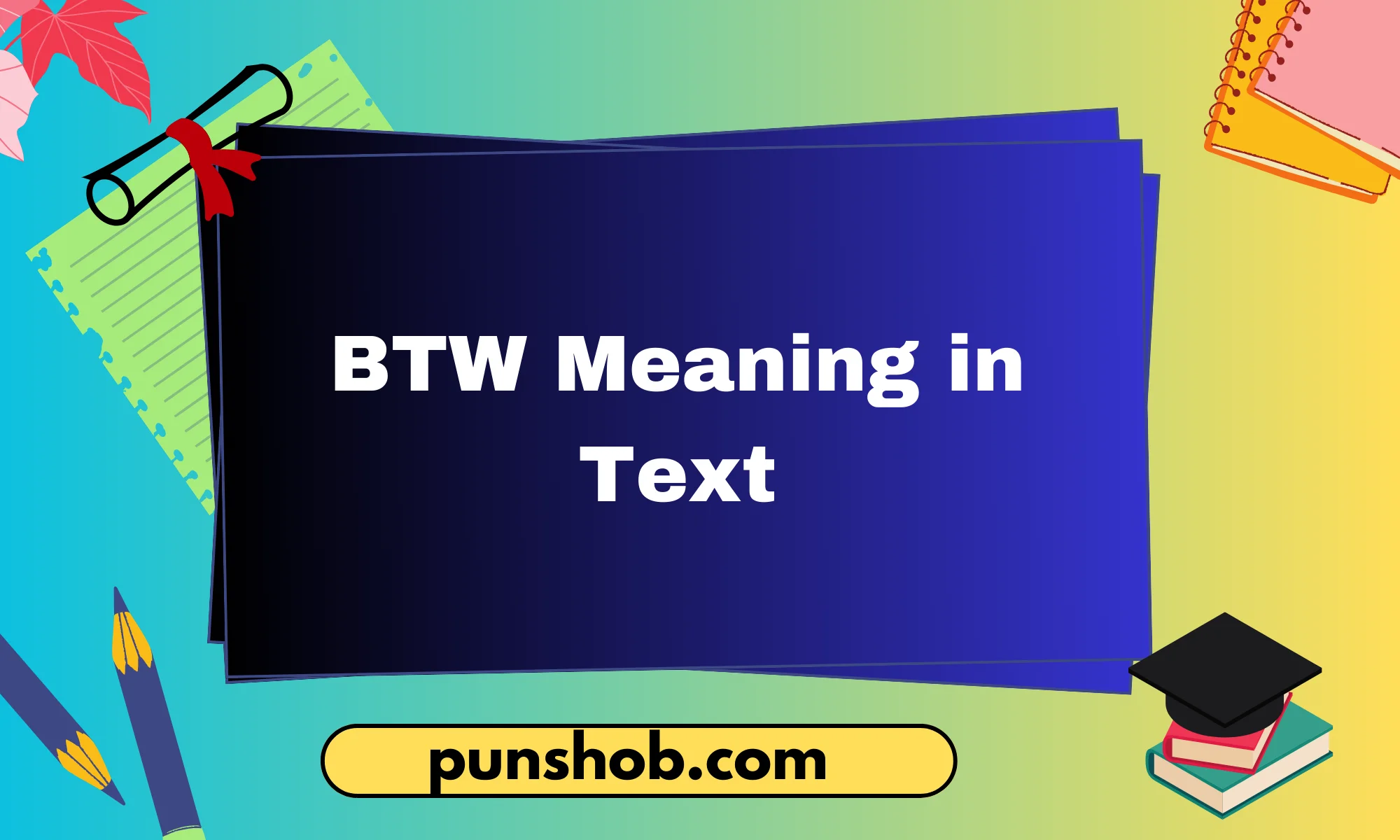In the fast-evolving world of digital communication, where brevity rules, abbreviations are everywhere. One such widely used term is “ft”, which appears across texts, social media captions, and online conversations. But what exactly does “ft” mean in text? Is it a casual term or can it be used professionally too? Let’s explore its definition, practical examples, synonyms, and the best use cases in both formal and informal settings.
What Does “ft” Mean in Text?
In digital communication, “ft” most commonly stands for “featuring”. It originates from the entertainment industry, especially music, where an artist collaborates with another—e.g., Drake ft. Rihanna. Over time, its usage has expanded to include general mentions, collaborations, guest appearances, or even humorous shout-outs.
Example:
- “New vlog is live ft. my dog snoring in the background 😂”
- “Team meeting today ft. coffee and Monday blues.”
Here, “ft” humorously or informally indicates the inclusion or presence of someone or something.
When to Use “ft” – Context Matters
The tone and context of a conversation dictate whether “ft” is suitable. While it’s ideal in informal or semi-professional settings like:
- Social media posts
- Group chats
- Video titles or thumbnails
- Blog titles
…it’s not recommended for formal business emails or academic writing unless directly quoting content or naming a collaborative project title.
Synonyms and Alternatives to “ft” in Text
Sometimes, using “ft” might not suit the tone you’re aiming for. Below are 11 strong, context-sensitive alternatives that can replace “ft” depending on your communication goals.
1. Featuring
The full version of “ft”—best for semi-formal contexts.
Example: “Today’s podcast is featuring guest speaker Dr. Noreen Hale.”
2. With
A versatile, neutral option that fits casual and professional tones.
Example: “This video is shot with my brother on vacation.”
3. Includes
Great for informative writing or product descriptions.
Example: “The package includes a charger, cable, and instruction manual.”
4. Starring
Used when referring to main appearances, often in video or film.
Example: “Short film starring Emily Cross now live on YouTube.”
5. Accompanied by
Professional-sounding, suitable for formal reports or event invitations.
Example: “Presentation accompanied by live Q&A session.”
6. Joined by
Works well for events, meetings, and interviews.
Example: “In this panel discussion, we’re joined by industry leaders.”
7. Collaborating with
Highlights partnerships and teamwork.
Example: “This collection is a result of us collaborating with local artists.”
8. Guest Appearance by
Adds specificity and formality, often used in entertainment or professional contexts.
Example: “Guest appearance by CEO Alan Gates at the webinar.”
9. In Partnership with
Strongly professional; used for co-branded efforts, announcements, or campaigns.
Example: “Launched in partnership with EcoTech Industries.”
10. Hosted by
Best when someone is taking a leading role.
Example: “Virtual session hosted by Dr. Karen Lively.”
11. Presented with
Helpful in formal writing, press releases, or educational materials.
Example: “Award presented with support from the National Arts Council.”
Choosing the Right Phrase: Tone, Audience & Intent
Selecting the correct alternative to “ft” hinges on three main factors:
1. Tone
- Casual: Use “with,” “featuring,” or “ft.”
- Formal: Use “accompanied by,” “in partnership with,” or “presented with”
2. Audience
- If you’re addressing friends or followers, abbreviations like “ft” are acceptable.
- For clients, professionals, or educators, full forms and polished alternatives work best.
3. Intent
- Are you announcing a collaboration? Try “collaborating with.”
- Giving credit? Use “featuring” or “starring.”
- Sharing news or partnerships? “In partnership with” or “hosted by” add clarity.
Real-World Examples Across Different Platforms
Instagram Caption:
“Sunset hike ft. the best company 🌄” → Informal, friendly tone.
YouTube Title:
“How to Make Sourdough Bread | ft. Chef Eliza Thomas” → Semi-formal, creator-style.
Business Newsletter:
“Upcoming Webinar Hosted by Jane Mendez, in Partnership with FinTech Labs” → Formal, corporate tone.
Personal Blog:
“This month’s reading list, featuring some underrated sci-fi gems.” → Warm, conversational tone.
Conclusion
The abbreviation “ft” in text has evolved beyond its musical roots to become a flexible, casual way to signify inclusion or collaboration. However, language is nuanced. Whether you’re captioning a selfie, titling a YouTube video, or drafting a formal press release, there’s always a better alternative available when context demands it.
By mastering alternatives to “ft,” you not only enhance your communication clarity but also demonstrate a strong sense of linguistic adaptability—a key to succeeding in today’s hybrid communication spaces.













Leave a Reply